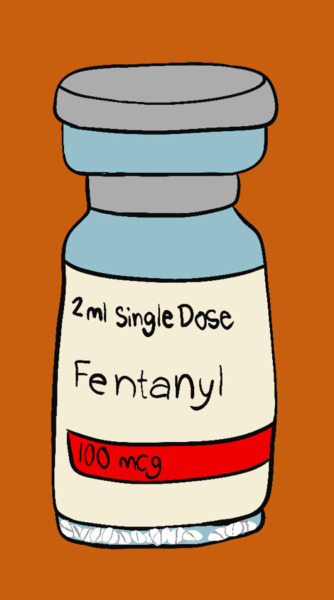Ohio train derailment exposes East Palestine residents to potential toxins
April 28, 2023
The Ohio town of East Palestine has been on edge since Feb. 3. They were evacuated from their homes for five days, just to return to acid water and migraine-inducing air quality. These people have gone through a lot in the last few months.
The U.S. Environmental Protection Agency (EPA) has been conducting tests on the water and soil within range of the explosion and derailment. As of March 9, 6,186 tons of contaminated soil and 7.25 million gallons of wastewater have been removed and disposed of at disposal facilities. However, despite such progress, an increasing number of people have reported concerns such as irritated eyes, headaches and soot on their lawns and cars.The EPA and local authorities continue to reassure them that there is nothing to worry about, and the train company has set up a fund to cover medical expenses for residents.
As for what this train derailment looks like from an environmental perspective, Jessica Fontaine, a biology and environmental systems and societies teacher at Tualatin High School had this perspective.
“The first thing that we have to understand is the idea of persistent pollutants, which don’t go away through natural processes,” Fontaine said. They also have the ability to build up in the body of other organisms, say, for example, a squirrel, where repeated amounts of exposure in the bodies of squirrels will continue to persist for generations. The chemicals are also carcinogenic, which is why it’s likely that you’ll see more cancer cases here in the future, not only in humans but in animals.”
Fontaine elaborated further on how the incident is being dealt with.
“One of the things I was seeing reported on was that the EPA was testing water sources and soil samples, and something that I want to mention is that the rates of different chemicals being presented as a ‘safe level’ doesn’t always match what the science tells us. …. There was some disagreement between people in the science community about what should be considered safe, specifically in dioxins, which are extremely carcinogenic. Cleanup is difficult to do because the problem with releasing chemicals into waterways and the air is that there is no way to contain it … There is a known bacteria, nitrosomonas, that can break down vinyl chloride. Bioremediation can be used to help clean up messes and can sometimes be better than alternate non-natural chemical removal processes.”
So how much will this incident impact the environment?
“Obviously this is really devastating for the people and animals living there,” Fontaine said. “Either way, though, this was going to lead to pollution. All of the chemicals we’re talking about that spilled were going to eventually make plastic and other polluting products, so it’s kind of a lose-lose scenario.”
Although the EPA continues to deny any hazardous levels of chemicals, it’s reasonable for the citizens of East Palestine to be hesitant to return to their normal lives until they’re sure it’s safe. After all, ‘low levels’ of chemicals don’t mean there’s nothing there.










